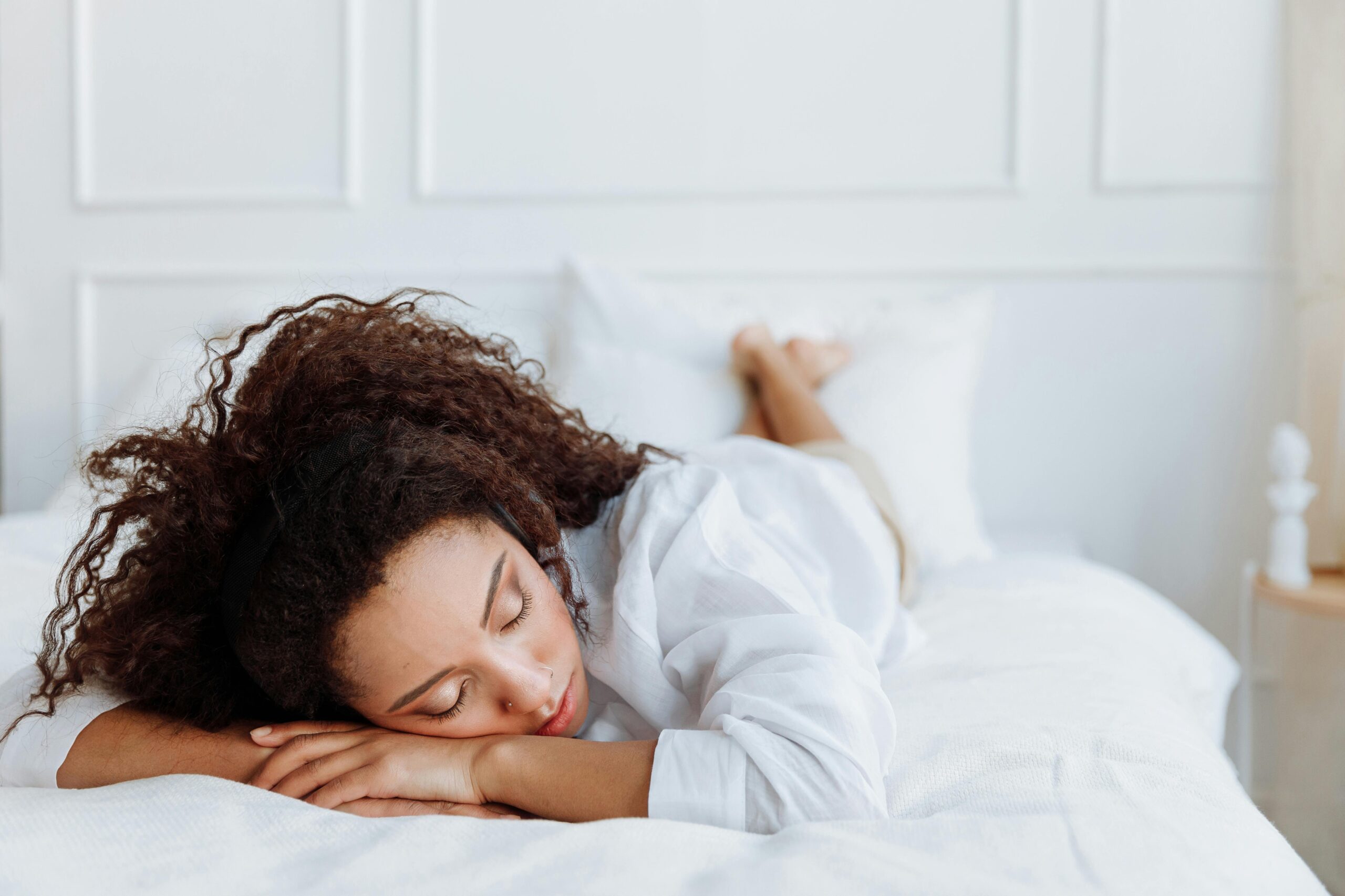The days are about to get longer soon, thanks to daylight saving time. This Sunday, March 10, get ready to “spring forward” and enjoy the warmth and sunshine that comes with it. While you may look forward to evenings of leisure, the shift is an adjustment that can disrupt our sleep patterns and overall well-being. Understanding the impact of this change and preparing for it can help mitigate its effects on our daily lives. Sleep expert Dr. Abhinav Singh warns that the transition into daylight saving time can be particularly challenging and offers valuable advice on how to adapt smoothly.

The Impact on Sleep
Daylight saving time can alter our sleep schedules. The act of setting our clocks forward not only subtracts an hour from our day but can also interfere with our circadian rhythms, the internal process that regulates our sleep-wake cycle. This shift might lead to a reduction in both the quantity and quality of sleep, affecting our physical and mental health. Dr. Singh (MD, FAASM), Director of the Indiana Sleep Center, Author of ‘Sleep to Heal,’ and Medical Review Expert at Sleep Foundation, highlights the importance of adjusting our routines to accommodate these changes.
“Daylight saving time results in an acute loss of about 40 minutes of average sleep. This is due to the abrupt shifting of time by one hour in spring, resulting in more sleep lost in an already sleep-deprived society,” Dr. Singh explains. To counteract this, he suggests, “Start planning 4-5 days prior by going to bed earlier by 15-30 minutes each day, starting seven days before the change, and pull up meal times by 15 minutes a day a week prior.”
Dr. Singh points out the potential dangers and discomforts of darker mornings, such as the increased risk of accidents and the challenges faced by school children waiting for buses in reduced light. The misalignment with natural sunlight patterns can last for months, affecting our sleep-wake health adversely.

Preparing for the Change
The adjustment to daylight saving time is tougher than the shift back to standard time in the fall, which Dr. Singh notes as generally easier due to the gain of an extra hour. “The harder one is the spring forward, where we sleep less. We are sleep-deprived and driving in the dark that Monday,” he warns. To navigate the transition, Dr. Singh advises listening to our body’s natural cues and getting into bed when we feel naturally sleepy.
As we approach daylight saving time, taking steps to adapt our sleep schedules and routines can make a huge difference. By planning ahead and gradually adjusting, we can ease the transition and maintain our well-being despite the challenges of the clock change.
popular posts

Mushroom Coffee: The Benefits, The Hype, & Where To Buy
by Lauryn Jiles | February 21, 2024

Rise and Shine With 7 Must-Haves To Start Your Morning Routine Right
by Brittni Williams | September 10, 2023
FOLLOW ALONG ON INSTAGRAM
#homeandtexture
Find us on social for more home inspiration where culture, personal style, and sophisticated shopping intersect to help you create a home where you love to live.

